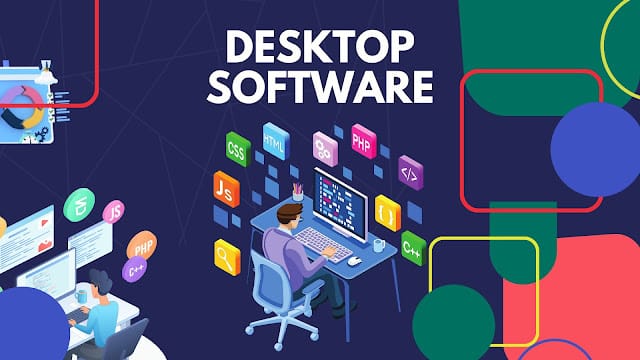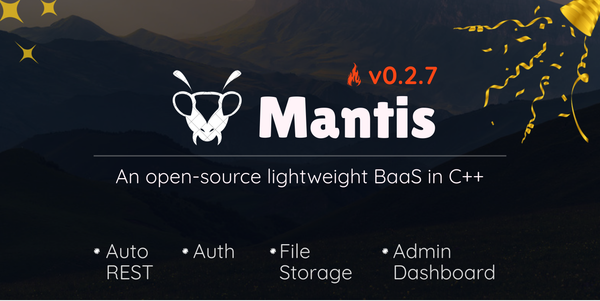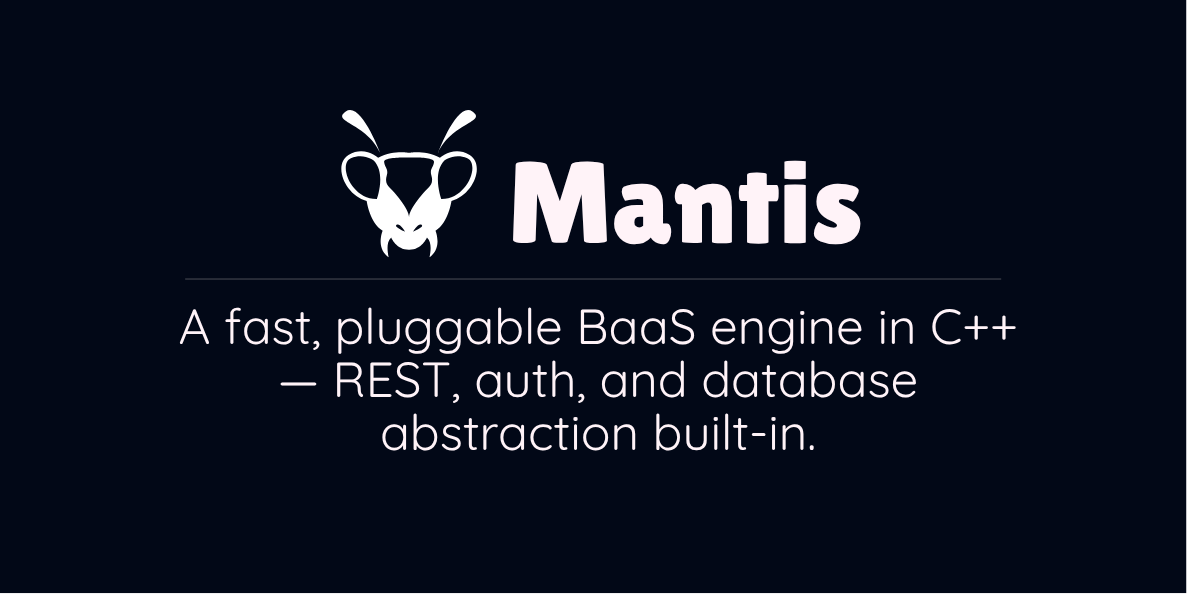A beginners guide to understanding Desktop Software
If you've ever used a computer, you're likely familiar with desktop software—the essential tools that allow us to interact with data, manipulate information, and generate responses, whether visual, audio, or otherwise. In this post, we'll delve into the world of desktop software, breaking down common programs and exploring the two main interface types: command-line interfaces and graphical user interfaces (GUIs).
Desktop software includes familiar names like Microsoft Office Suite, Internet Browsers (Google Chrome, Edge, Brave, Firefox), System Utilities (Settings, File Manager), and others such as Notepad, audio/video players, email, and chat applications.
There are two major types of interfaces for desktop software—command-line interfaces and graphical user interfaces (GUIs). While command-line interfaces require users to input commands through a terminal or shell, GUIs provide a more user-friendly experience with windows, buttons, and real-time feedback. The choice between them depends on the user's preference and the specific tasks at hand.
Ever wondered how GUIs work? Imagine them as paintings on a canvas—each displayed on your monitor. Refresh rates, or how often the canvas is repainted, play a crucial role. GUIs are essentially a set of instructions on what to display, and during each refresh cycle, the computer updates the display with the specified colors, providing a dynamic user experience.
Refresh rates like 30 Hz, 50 Hz, or 120 Hz determine how frequently the screen is redrawn per second. Higher refresh rates, common in gaming machines, result in smoother animations. For instance, a 50 Hz refresh rate means the screen is redrawn every 20 milliseconds.
To paint every pixel, developers use abstractions over raw pixel manipulation. Libraries like OpenGL, Vulkan, and DirectX help manage pixel-related tasks, making it easier for developers. GUIs can be built using either immediate mode (redrawing the whole UI on every refresh cycle) or retained mode (event-driven mode) where we are updating the UI in response to events like mouse clicks.
The choice between immediate mode and event-driven mode depends on the task at hand. Graphics-intensive tasks, like games, often use immediate mode for smooth animations, while regular desktop apps prefer event-driven mode to conserve system resources.
This brief overview should give you insights into the fascinating world of desktop applications. In future blogs, we'll explore different libraries and tools that can help you develop your applications, proving that with some programming knowledge, you can embark on this exciting journey in tech. Share your thoughts—isn't this tech amazing?





